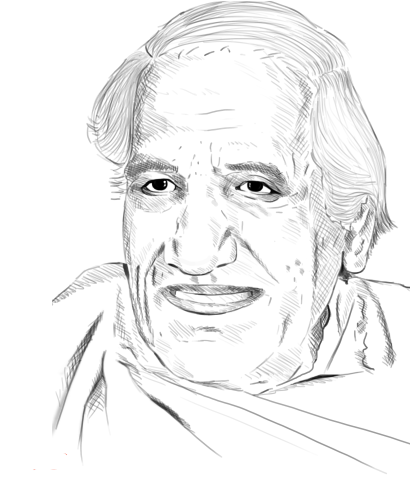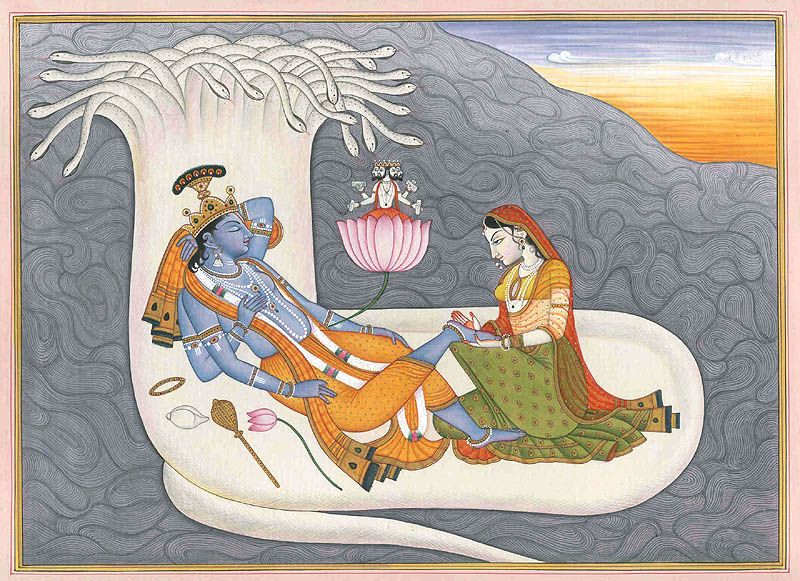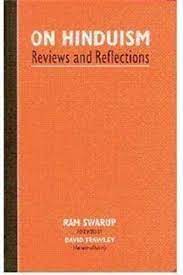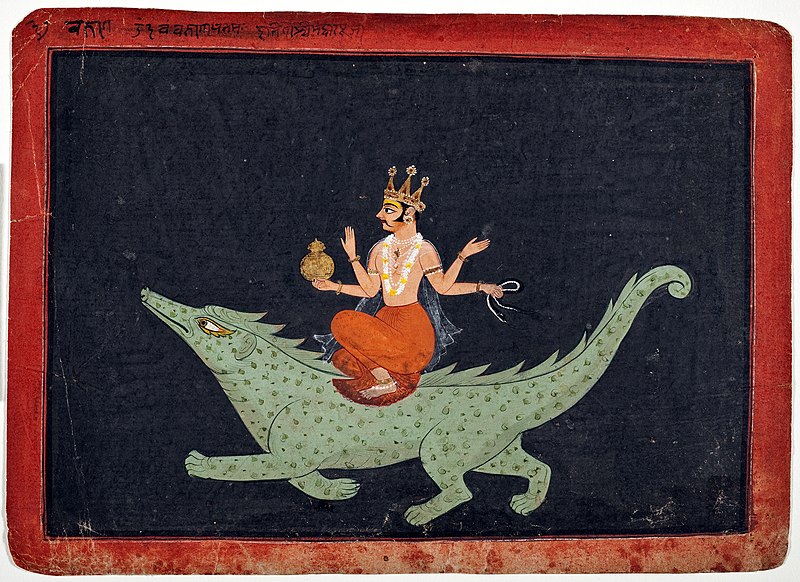
1. Christian Colonialism in India
Hindu Society Under Siege – 3
The British left another monotheistic residue in India which converted a few Hindus & states and these converts now act as an anti-Hindu force now. What are the traits of ‘Christianism’(as Sita Ram Goel calls it)?
Hindu Society Under Siege – 3
The British left another monotheistic residue in India which converted a few Hindus & states and these converts now act as an anti-Hindu force now. What are the traits of ‘Christianism’(as Sita Ram Goel calls it)?

2. The 8 traits of this force, Christianism (residue of Christianity) which is laying siege to Hindu society are provided by Sita Ram Goel in his book, ‘Hindu Society Under Siege’. He considers this Christianism as the second force which lays siege to India. Quotes are by SRG. 

3. “(a) That the Hindus have never had a Saviour whose historicity can be ascertained, with the possible exception of the Buddha;”
4. “(b) That Jesus Christ whose historicity cannot be questioned has superseded all earlier Saviours of Hinduism (if they were Saviours at all and not disciples of Lucifer) and rendered superfluous all subsequent Hindu saints and sages;”
5. “(c) That St. Thomas, an apostle of Jesus himself, was specially chosen by the Church to win India for his Master’s message:”
6. “(d) That St. Thomas could not complete his mission in India because he met an untimely martyrdom at the hands of some Hindu, most probably Brahmin, heathens;”
7. “(e) That the converts made by SL Thomas, the first century Christians of the South, establish beyond doubt that Christianity is an ancient Indian religion and not a Western import as alleged by the Hindus;”
8. “(f) That it is the sacred task of the Christian Church to complete the mission of St. Thomas and see to it that India becomes a Christian country, once and for all;”
9. “(g) That if there is anything good and wholesome in Hindu religion, it is not because Hindu saints and sages ever made any direct or conscious contact with Truth…”
10. “…but because they merely stumbled upon some of it in the workings of Universal Nature which was preparing itself over a long time for the advent of Jesus Christ;”
11. “(h) That no Hindu, even if he follows the Ten Commandments in letter and spirit and lives by the Sermon on the Mount, can ever hope to escape eternal hell-fire unless he has been baptised in a Christian church and administered the Christian sacraments.”
12. These traits are not peculiar to Indian Christianity but constitute the core of that monotheistic religion. Because like Islam, it is also based on the premise that it is the One True Religion and all other religions and gods are false.
13. In SRG’s words: “Christianity too claims for itself a monopoly of truth and virtue, swears by the only true God, the only true Saviour or the only Son of the only true God, the only true Revelation, the only true way of worship, and so on.”
14. Christianity has left a horrible trail of destruction in its wake. It has destroyed thousands of native religions and sects all over the world including Europe, North America, South America, Africa and Asia. In America it has led to the genocide of the natives.
15. In the next thread we will see the methods that Christianity uses in India to achieve its goal of converting Hindus and achieving global victory.
===
===
• • •
Missing some Tweet in this thread? You can try to
force a refresh









